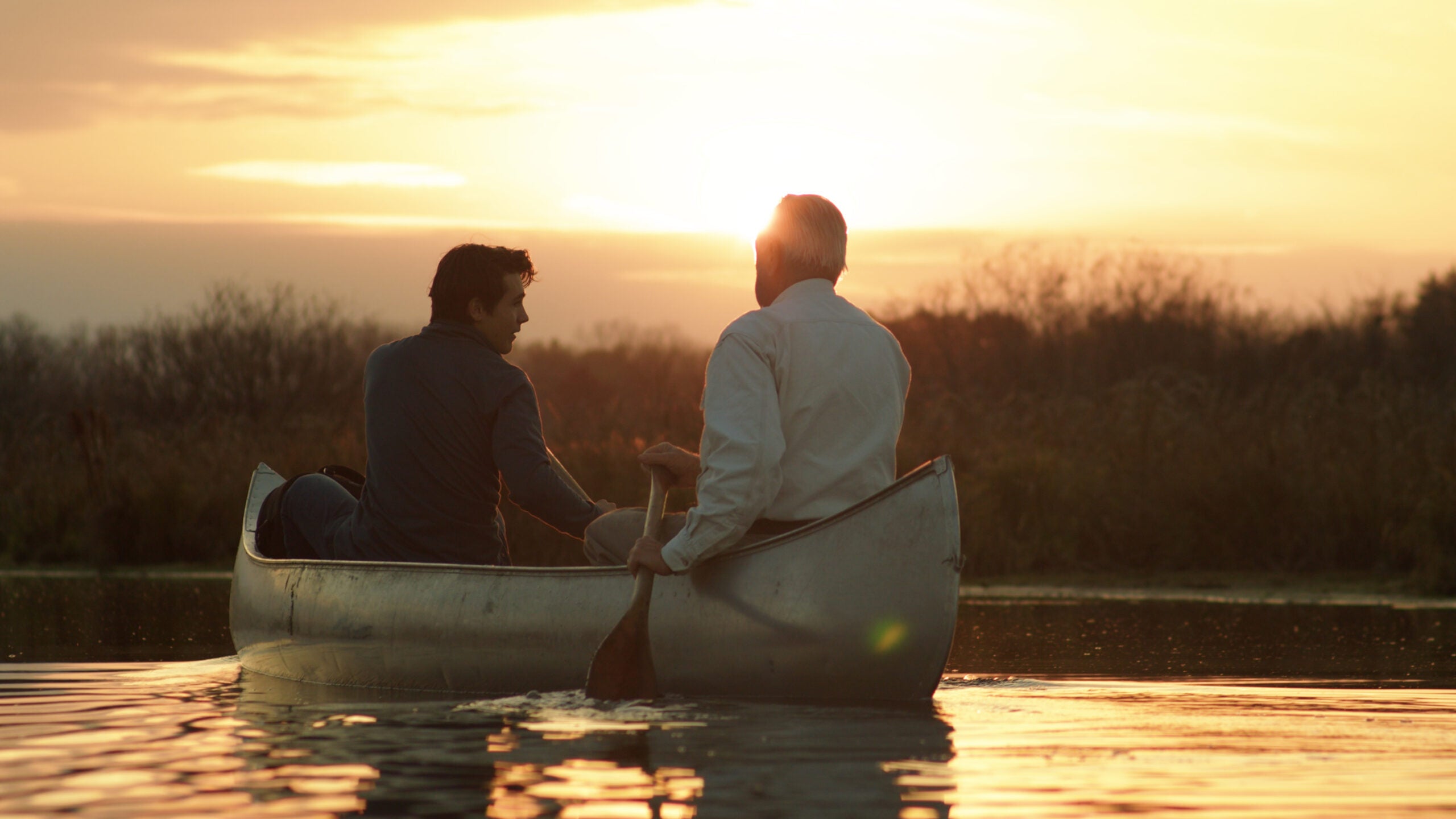Wisconsin’s streams are thriving and complex ecosystems. Larry Meiller visits with the authors of a brand-new field guide to Wisconsin streams and the creatures that inhabit them.
Featured in this Show
-
Caddisflies: Fascinating Invertebrates That Call Wisconsin's Streams Home
Pick up a rock from a Wisconsin stream, look underneath it and it’s entirely possible to encounter the work of one of the most intriguing animals to call the state its home.
“You’re going to find some sort of case or net under there,” said Ron Dolen, an ecologist and educator who has conducted watershed studies and trained citizen volunteer stream monitors at the Wisconsin Department of Natural Resources. These structures, he said, are spun by the invertebrate called the caddisfly.
Dolen said that caddisflies are present in just about every healthy stream in the state. As relatives of butterflies, they spin silk to create the structure of their protective case. They also use that case to attach to rocks and other hard surfaces.
The caddisflies collect other materials that are available and add those to the silken form. One caddisfly’s case might include twigs and leaves; another might include pebbles and small shells.
Dolen said that the case components are actually used to determine which caddisfly species’ larva is inside.
“You can actually identify caddisflies by their cases,” he said, “because every individual of a family is going to have the same type of case.”
To illustrate the point, Dolen said that “chimney-case maker caddisflies have four-sided cases that are elongated. And if you looked at them in a cross-section, they look like a square. And it’s built out of vegetation.”
In contrast, the saddle-case maker caddisfly will make something resembling “a tortoise shell out of small gravel and sand.”
The most common structures that caddisflies build are nets woven from their silk, which they use to capture floating debris as food.
Katie Songer, an avid naturalist who has worked at the state Department of Natural Resources for five years, has also spent several summers surveying and researching Wisconsin streams. She said that caddisflies in their adult stage are well-known to anglers in particular, who use them as bait when fishing.
She also said that those people might not realize that the species they’re familiar with seeing on land actually once lived underwater.
“What they don’t realize is that those caddisses may live for a month as an adult that we see, but they live for a year or two underwater in a completely different life stage that we don’t see,” said Songer.
Songer and Dolen, along with Michael Miller, are the authors of the “Field Guide to Wisconsin Streams: Plants, Fishes, Invertebrates, Amphibians, and Reptiles,” a new book that focuses on Wisconsin’s streams and their complex ecosystems.
Episode Credits
- Larry Meiller Host
- Judith Siers-Poisson Producer
- Katie Songer Guest
- Ron Dolen Guest
Wisconsin Public Radio, © Copyright 2025, Board of Regents of the University of Wisconsin System and Wisconsin Educational Communications Board.
